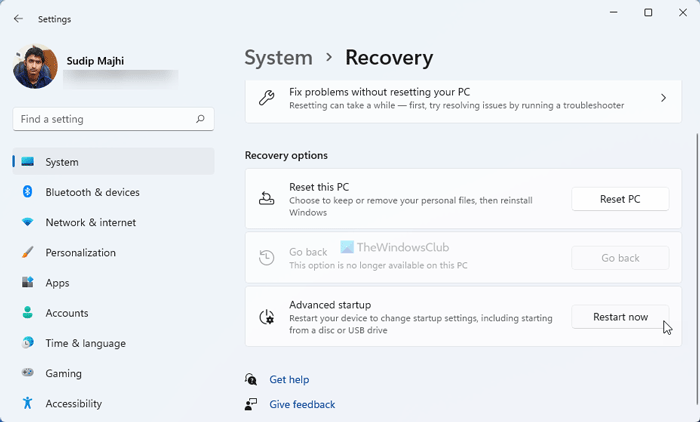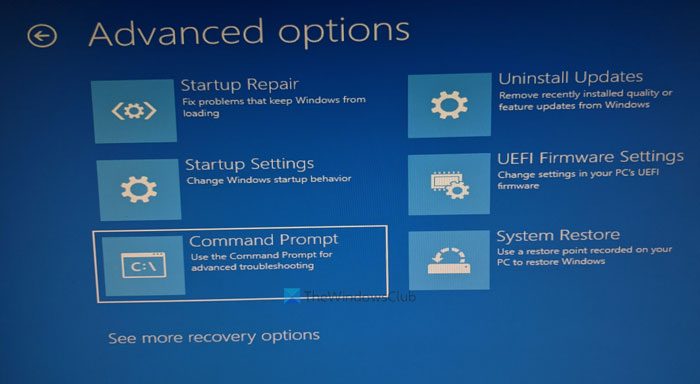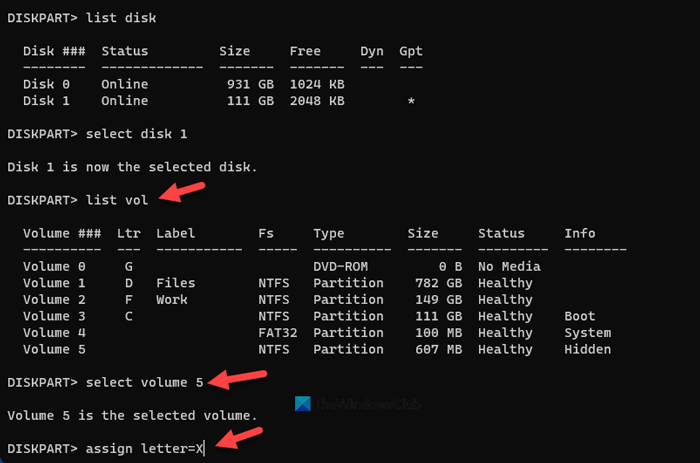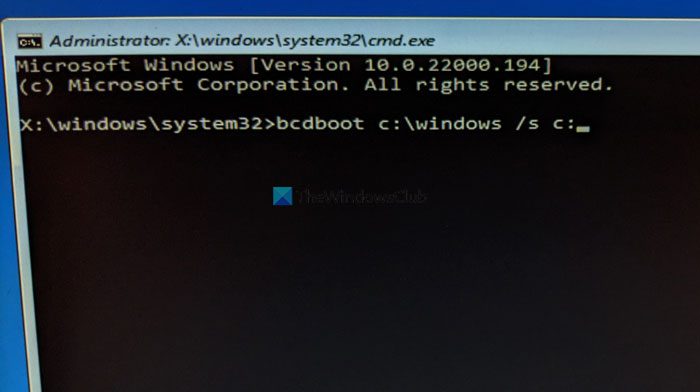If you recently moved from BIOS to UEFI and you cannot boot your computer since then, here is how you can repair the EFI bootloader in Windows 11/10. It is pretty easy to repair the EFI bootloader using bcdboot command, and this article shows how you can use the command to get the job done.
What is the EFI bootloader in Windows?
EFI boot loader files are executables on UEFI systems that contain data on how the computer boot process should proceed. If you use a UEFI system instead of BIOS, you can find an additional particular called EFI System Partition. It stores the data of the EFI bootloader, which is mainly some .efi files. However, if there are some issues with this partition, you might not be able to boot your computer regularly.
Although the EFI partition doesn’t require a drive letter to stay on your computer and work without error, at times, it creates issues. There are mainly two ways to repair the EFI bootloader in Windows 11: Using the bcdboot command and changing the drive letter. However, the latter solution works only when there are minor issues. Other than that, you must use the bcdboot command to get rid of any EFI bootloader problem automatically.
How to repair the EFI bootloader in Windows 11/10
To repair the EFI bootloader in Windows 11 or Windows 10, follow these steps:
- Change drive letter
- Use bcdboot command
You might want to read about the Boot Configuration Data (BCD) Editor before you proceed.
1] Change drive letter
It is the first thing you need to do if you can boot into your computer after moving to the UEFI architecture. You need to open Advanced Recovery Mode.
For that, press Win+I to open Windows Settings and go to System > Recovery. Here you can find the Advanced startup option. You need to click the Restart now button.

After opening the next window, go to Troubleshoot > Advanced options and select the Command Prompt option.

Following that, enter these commands:
diskpart list vol select volume 1
You need to select the EFI partition by entering the assigned number.
assign letter=X
Here ‘X’ is to be replaced with your Drive letter.

After that, close the Command Prompt and restart your computer.
If you cannot boot into your computer, you need to follow other methods to open Advanced Recovery Mode. For that, you need to restart your computer 2-4 times within a short period of time.
After using the abovementioned steps, you need to use the bcdboot command to fix all the boot records.
Read: Windows Boot Manager on wrong drive
2] Use bcdboot command

The bcdboot commands help you replace the corrupted EFI files with the new ones so that your system works flawlessly. For that, you need to enter the following command in the Command Prompt:
bootrec /rebuildbcd
It rebuilds the Boot Configuration Data file or BCD file.
After that, enter this command:
bcdboot c:\windows /s c:
Don’t forget to replace the c with your original system drive’s letter. In most cases, it is named after c. However, if you have assigned something else, you need to enter the drive letter here.
Also, here we have used the /s parameter, which helps users choose the volume of a system partition. Because of that, this command will copy the boot files in the mentioned volume.
Finally, you need to restart your computer.
How do I fix GPT boot Windows 11?
GPT and EFI bootloaders are most or less the same things. That said, you can fix the GPT bootloader using the same steps as the EFI bootloader. You can change the drive letter first to check if it resolves the issue or not. Following that, you can use the bcdboot command to get the job done.
That’s all! Hope this guide helped.
Read: Windows computer won’t boot after enabling Secure Boot.
Leave a Reply